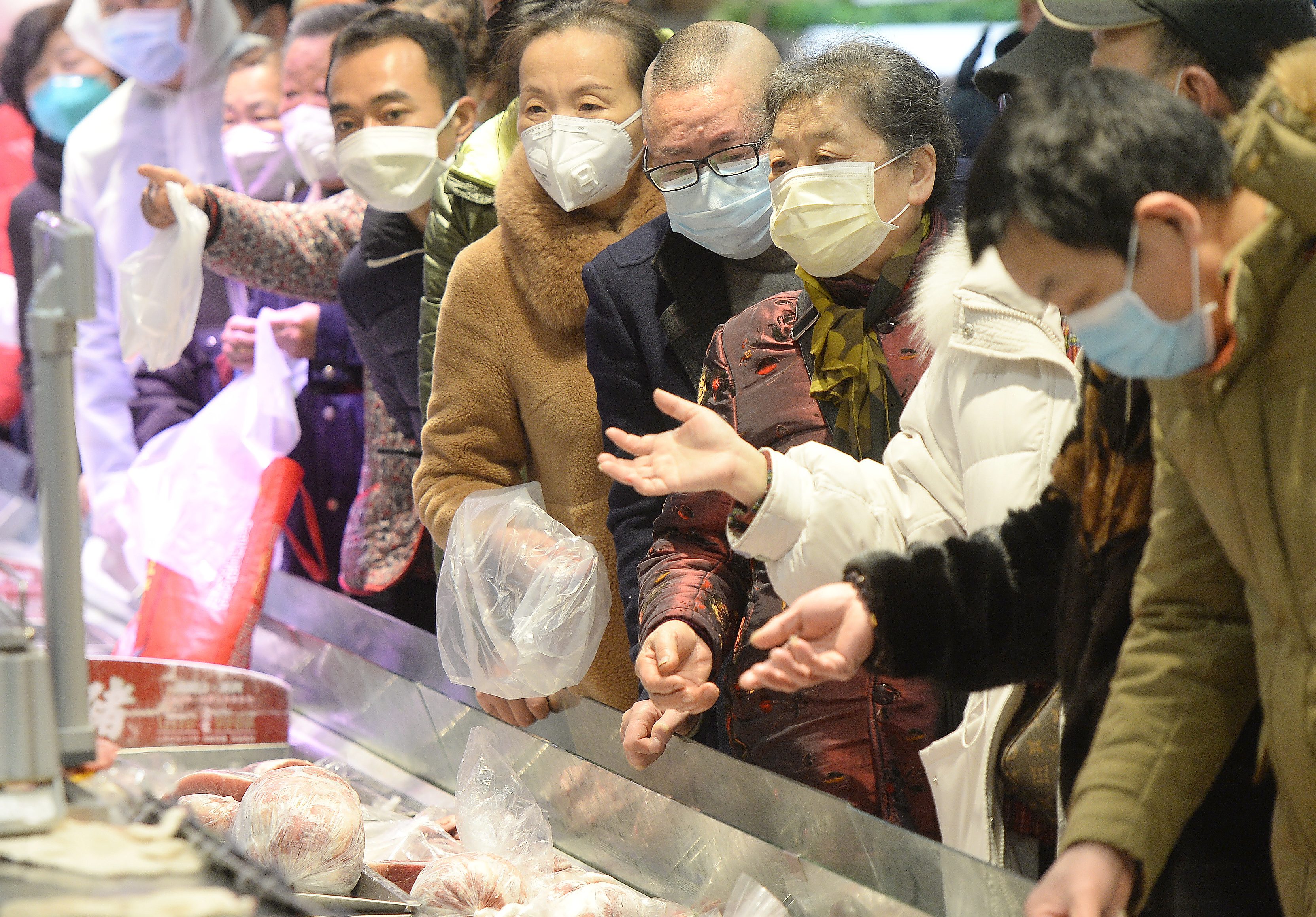- China has reported an animal outbreak of the deadly H5N1 bird flu in chickens in the Hunan province, an area that borders the province where the coronavirus emerged, the South China Morning Post reported.
- No human cases have been reported.
- The mortality rate of the disease is about 60% in people.
- Visit Business Insider’s homepage for more stories.
In the shadow of the Wuhan coronavirus outbreak, a deadly disease has emerged in chickens in a Chinese province near the epicenter of the outbreak.
According to the South China Morning Post, China’s Ministry of Agriculture and Rural Affairs reported an animal outbreak of the often fatal H5N1 bird flu in thousands of chickens in the Hunan province, which borders the Hubei province to the south.
“The farm has 7,850 chickens, and 4,500 of the chickens have died from the contagion. Local authorities have culled 17,828 poultry after the outbreak,” a statement by China’s Ministry of Agriculture and Rural Affairs said on February 1.
There are no reported human cases of the H5N1 avian flu, according to South China Morning Post, and transmission of the disease to humans is rare. Nearly all cases of avian-flu infection in people have been associated with “close contact with infected live or dead birds, or H5N1-contaminated environments,” according to the World Health Organization.
However, the outbreak is a cause for concern because this avian flu has a 60% mortality rate among infected humans, according to WHO. Additionally, the H5N1 bird flu can cause severe respiratory illness, including pneumonia, and neurological changes such as an altered mental state and seizures.
"If the H5N1 virus were to change and become easily transmissible from person to person while retaining its capacity to cause severe disease, the consequences for public health could be very serious," WHO said in a statement.
The Centers for Disease Control and Prevention considers the H5N1 bird flu to have "pandemic potential."
"Flu viruses are constantly changing and animal flu viruses can change such that they may gain the ability to infect people easily and spread among people, causing a pandemic," the CDC's website says.
The H5N1 avian flu was first detected in geese in China in 1996. The first human cases were diagnosed in 1997 in Hong Kong. The most recent case was reported in January 2014 from an person who had recently returned to Canada from China.
"To date, there have not been any reports of HPAI Asian H5N1 virus infections in people in the United States and Asian H5N1 has never been detected in US birds or poultry," the CDC website says.
The news of this chicken outbreak comes as China grapples with the coronavirus outbreak, which has killed over 900 people in China and infected 40,000 globally. Nearly 100 deaths were reported on Sunday, the highest single-day death toll since the outbreak emerged less than two months ago.
China is racing to build new hospitals and replenish stores of food, test kits, and other critical medical supplies to combat the coronavirus.
- Read more:
- The Wuhan coronavirus has killed more than 900 people and infected over 40,000. Here's everything we know about the outbreak.
- China's biggest cities looked like ghost towns on the first day back to work after Lunar New Year, as the deadly coronavirus continues to spread
- 'Soon we will all be infected': Indian crew on quarantined Diamond Princess cruise ship pleads for help as coronavirus cases spike
- The Wuhan coronavirus has now claimed more lives than SARS. Top scientists told us it could take years and cost $1 billion to make a vaccine to fight the epidemic.
